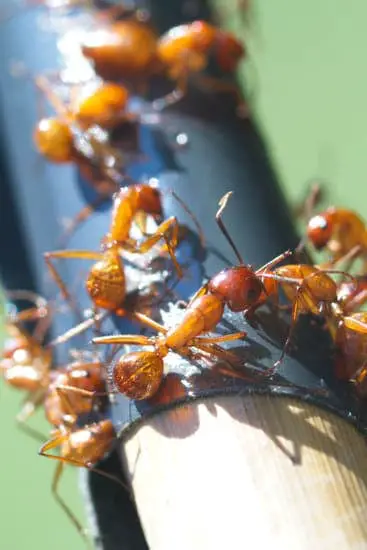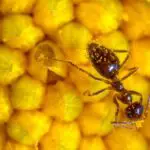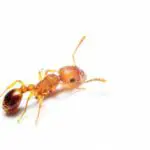Do Ants Have Lungs?
Unlike humans, ants have no lungs. They instead use a unique respiratory system. Known as the spiracular system, it is located on the abdomen and thorax.
This system includes nine or ten pairs of spiracles, which are small air-filled holes. These openings are connected to tubes called tracheae. These tubes take oxygen directly to cells and organs in the ant’s body.
In addition to these spiracles, ants have a dorsal artery, which acts as a blood pump. Ants also have an exoskeleton, which is an internal skeleton. It is made of chitin, a hard water-proof material.
The ant’s heart, on the other hand, is a elongated tube that runs from the head to the abdomen. It is enclosed by tiny muscles that pump hemolymph, a blood-like fluid that transports other nutrients throughout the body.
Other organs in ants’ bodies are the eyes, brain, and control organs. Ants are also known for their chirp-like sound they make by rubbing their body parts together.
Like humans, ants also have a dorsal artery, but it does not circulate blood to all parts of the ant’s body like the heart does. It acts as an elongated tube that carries hemolymph to the organs.
The ants’ spiracular system is also unique. Its functions include regulating oxygen, carbon dioxide, and water. The valves in the spiracles open and close depending on the oxygen level in the body. When the spiracles are closed, carbon dioxide does not escape, but is slowly absorbed by the ant’s body.








